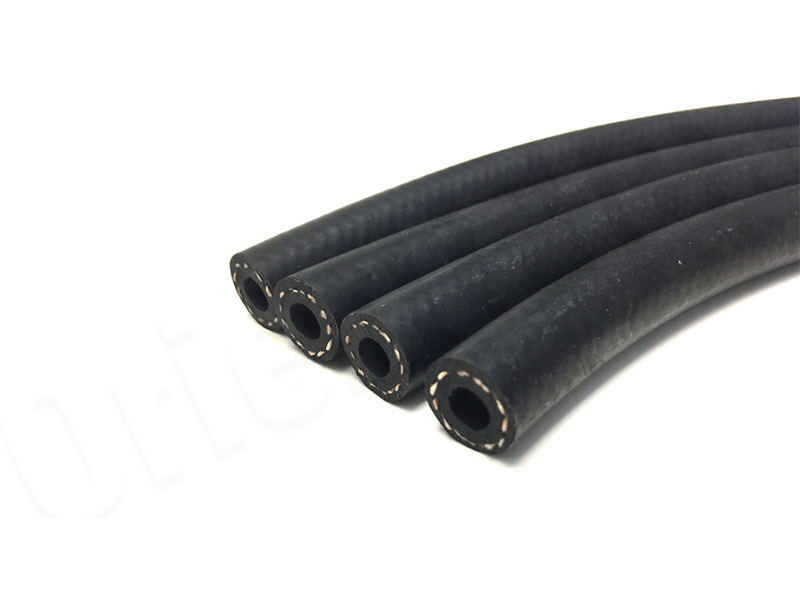If a car’s brake hose fails, danger follows. Here’s how this plays out in specific ways.
Loss of Braking Power
A failed brake hose stops compressed air from transferring properly. When this happens, the brakes won’t engage fully when the driver presses the pedal. As a result, braking effectiveness drops.
Longer Stopping Distances
Weaker brakes mean the vehicle takes longer to stop. This raises accident risks—especially in emergencies, where split-second reactions matter most.

Fluid or Air Leaks
Brake hoses fail for many reasons: wear, corrosion, or damage. Once they fail, brake fluid or compressed air starts leaking. Fluid leaks reduce hydraulic pressure, while air leaks stop the brakes from activating correctly. Either way, the system suffers.
Changes in Brake Pedal Feel
A failed rubber brake hose often alters how the pedal feels. It might feel spongy, or it could require more force to work. This makes it hard for drivers to control braking power accurately.
Higher Overheating Risks
In hydraulic brake systems, a failed hose leaks fluid. Less fluid in the system means the remaining fluid overheats faster. This leads to brake fade, where the brakes grow less effective over time.

Wheel Lock-Up or Skidding
In extreme cases, a sudden brake hose failure can lock one or more wheels—or make them skid. This is more likely if the failure happens on one side of the vehicle. It causes loss of control, and the risk spikes on wet or icy roads.
In short, brake hose failure triggers a chain of problems. Worse, it puts your driving safety at serious risk.
